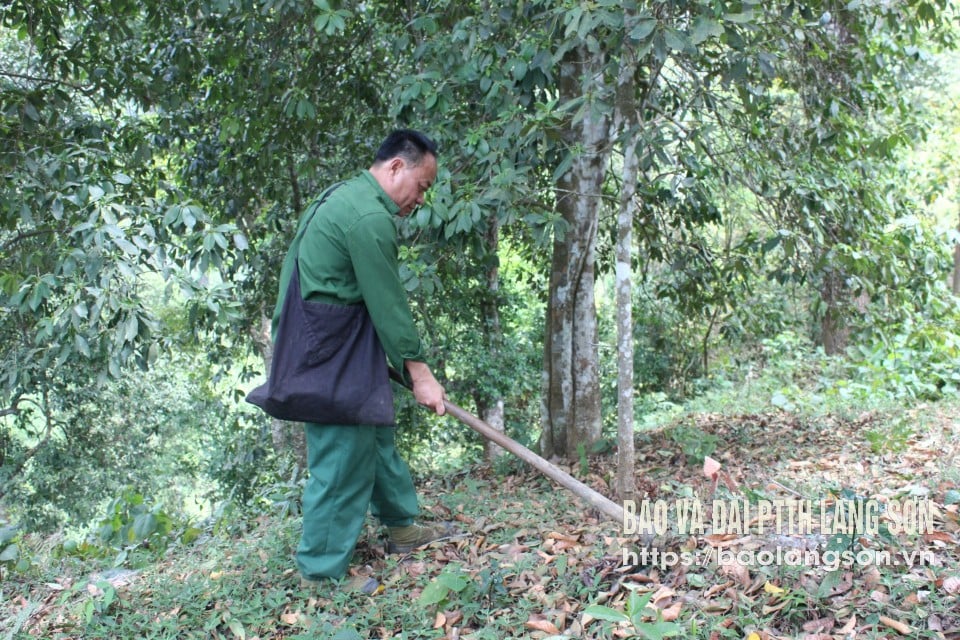
Star anise is a valuable plant, helping people develop the economy and increase income. However, in previous years, people in Van Lang district mainly grew star anise using traditional methods; not paying attention to care and pest control. This caused the star anise yield in the area to be low, only about 2 - 2.5 tons/ha.
Ms. Lo Thi Kim Oanh, Deputy Head of the Department of Agriculture and Environment of Van Lang district, said: In the face of the above reality, in recent years, the department has coordinated with specialized agencies and People's Committees of communes and towns in the area to implement training courses on techniques for planting and caring for star anise trees for people. In addition, every year, the unit conducts a review of the new planting needs of households in the area to support quality seedlings. At the same time, it guides and supports people in some communes to implement star anise planting models according to VietGAP standards, organic star anise planting, thereby contributing to changing people's production thinking and increasing the value of star anise trees.
Accordingly, from 2020 to present, on average each year, the Department of Agriculture and Environment of Van Lang district coordinates with the People's Committees of communes and towns to organize from 5 to 10 training courses for people growing star anise in the area. In particular, the units focus on instructing people to grow star anise according to standard density, focusing on steps such as fertilizing and keeping moisture for the plants to grow well. At the same time, each year, from the district budget and other sources of capital to support economic and social development, the units also provide free seedlings to people with a total planting area of about 50 - 60 hectares, thereby encouraging people to expand the area of star anise planting for economic development.
In addition, the Department of Agriculture and Environment regularly coordinates with the District Agricultural Service Center to monitor the situation of pests and diseases that harm star anise plants such as anthracnose; metallic bugs... to promptly advise and guide people on prevention and control. Thanks to that, from 2020 to now, there has been no outbreak of pests and diseases on the star anise area of the people.
Along with solutions from professional agencies, the People's Committees of communes and towns in the area are increasingly focusing on developing the anise area in the area. Typically, the commune with the second largest anise area in the district is Hoang Van Thu commune. Currently, the commune has over 700 hectares of anise, distributed in 10/10 villages, of which 562 hectares are for harvest. Ms. Hoang Hong Nhung, Vice Chairman of the Commune People's Committee, said: anise is the main crop of the commune. From 2020 to now, the Commune People's Committee has coordinated with professional agencies to provide people with about 20,000 - 30,000 anise seedlings each year based on registered demand. To ensure the effective development of new planting areas, every year, the Commune People's Committee coordinates with relevant agencies to organize 2 training courses for people on anise cultivation techniques. Up to now, the anise area in the area has developed stably, with anise output in 2024 reaching over 2,400 tons, yield reaching 4.3 tons/ha, an increase of more than 30% compared to before.
Mr. Luong Van Moi, Thuan Loi village, Hoang Van Thu commune said: My family has 3 hectares of star anise, of which about 1 hectare has been harvested. In recent years, the family has been supported by specialized agencies with about 100 - 200 seedlings each year (priced from 4,000 - 6,000 VND/tree). At the same time, we are regularly instructed and educated on star anise care techniques. Therefore, unlike before when the star anise trees grew on their own, the family has proactively fertilized the trees with organic fertilizer 4 to 5 times a year. At the same time, we regularly visit the forest and thin out to ensure planting density, helping the trees develop and grow well. Currently, the family harvests over 1 ton of star anise each year, an increase of about 500kg compared to before.
In addition to Hoang Van Thu commune, according to statistics from the Department of Agriculture and Environment of Van Lang district, the whole district currently has nearly 4,100 hectares of star anise concentrated in the communes of Hoi Hoan; Nhac Ky; Thanh Long; Hong Thai; Gia Mien, ... Of which, the harvested area is over 2,800 hectares. Thanks to people focusing on proper care, the star anise area in the area grows and develops stably, the average yield in 2024 is 3.5 tons/ha, an increase of about 1.5 tons/ha compared to 2020; the fresh star anise output of the district in 2024 is about 10,000 tons, an increase of 30% compared to 2020; the value is over 200 billion VND.
According to Ms. Lo Thi Kim Oanh, Deputy Head of the Department of Agriculture and Environment of Van Lang district, currently, the area of star anise in the area is expanding, and productivity has also increased significantly. However, star anise growing models following VietGAP and organic star anise are still quite limited (more than 20 hectares). Therefore, in the coming time, the Department of Agriculture and Environment will continue to research and implement plans to develop the above models with an expected area of about 20 hectares for each model. At the same time, continue to promote the implementation of training, propaganda, and transfer of science and technology to people to make star anise a key crop to help people develop the economy.
Source: https://baolangson.vn/van-lang-nang-cao-gia-tri-cay-hoi-5044718.html




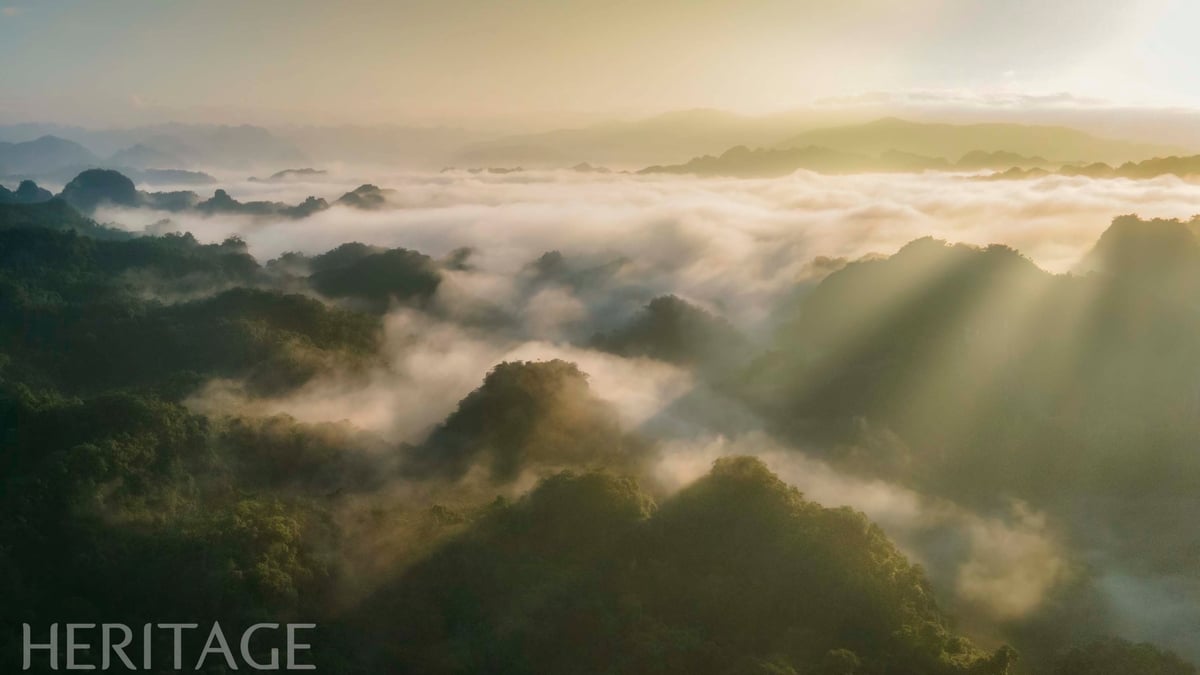

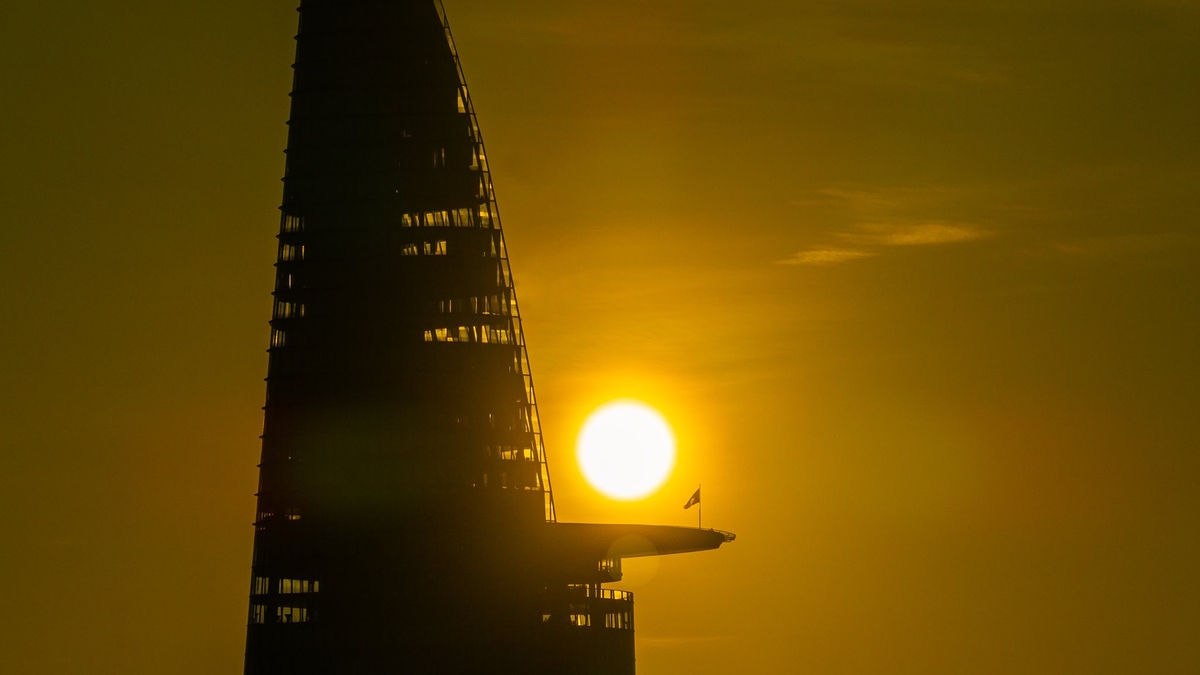
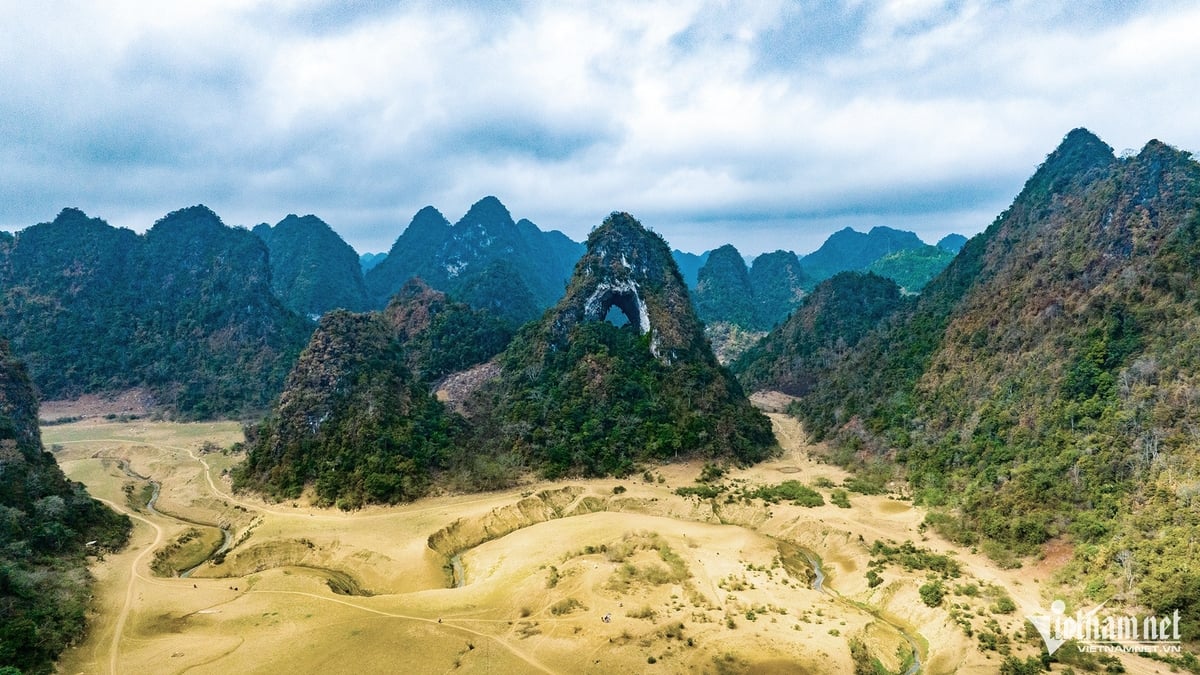
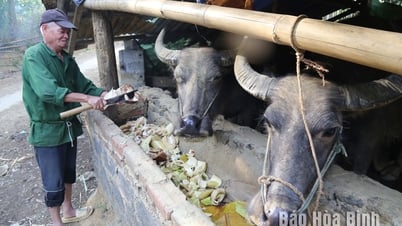








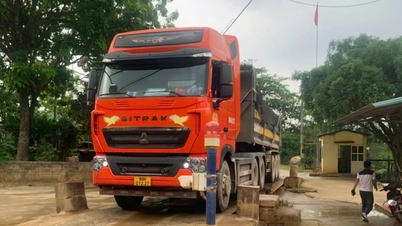
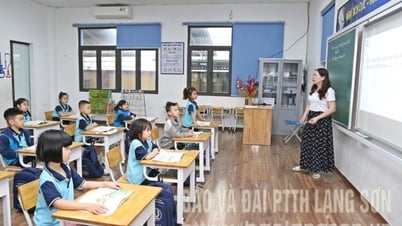
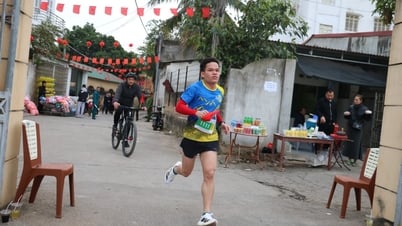
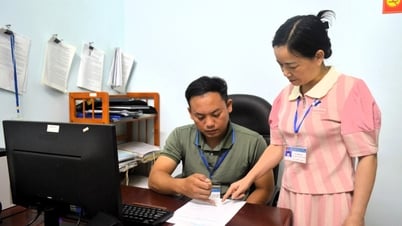
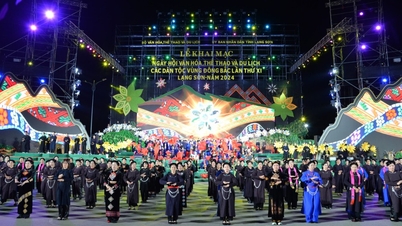
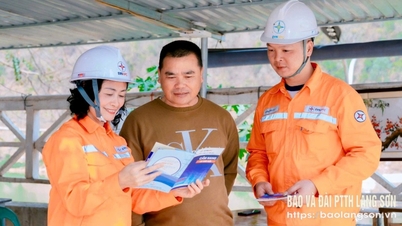
![[Photo] General Secretary To Lam meets and expresses gratitude to Vietnam's Belarusian friends](https://vphoto.vietnam.vn/thumb/1200x675/vietnam/resource/IMAGE/2025/5/11/c515ee2054c54a87aa8a7cb520f2fa6e)

![[Photo] General Secretary To Lam arrives in Minsk, begins state visit to Belarus](https://vphoto.vietnam.vn/thumb/1200x675/vietnam/resource/IMAGE/2025/5/11/76602f587468437f8b5b7104495f444d)
![[Photo] General Secretary To Lam concludes visit to Russia, departs for Belarus](https://vphoto.vietnam.vn/thumb/1200x675/vietnam/resource/IMAGE/2025/5/11/0acf1081a95e4b1d9886c67fdafd95ed)
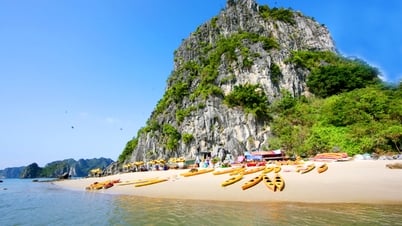

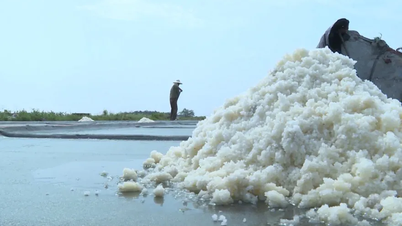








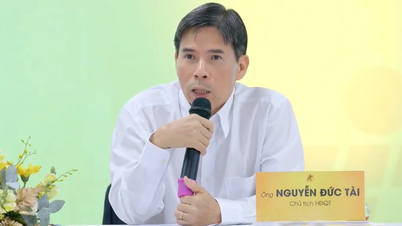











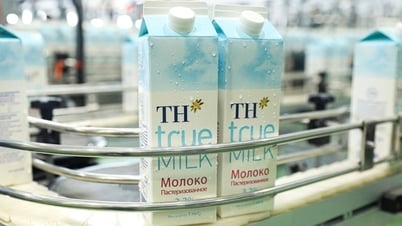

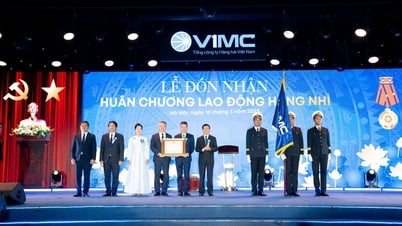






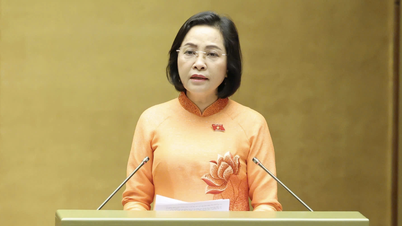


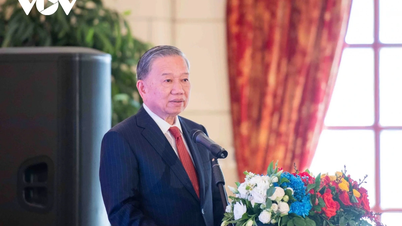


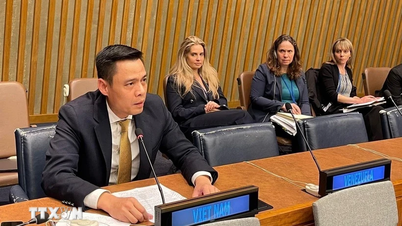

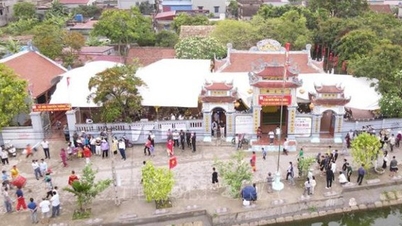

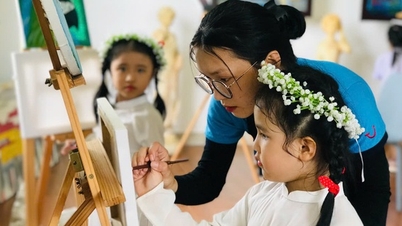
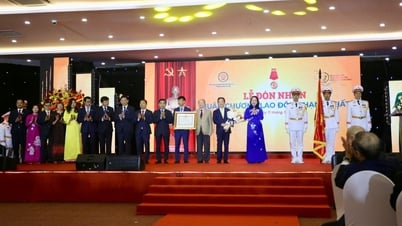

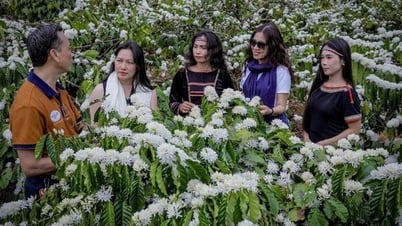





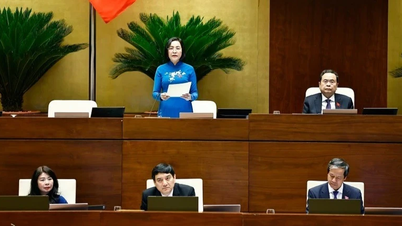

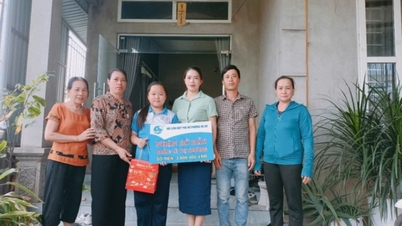










Comment (0)